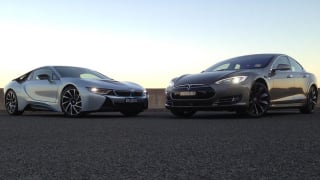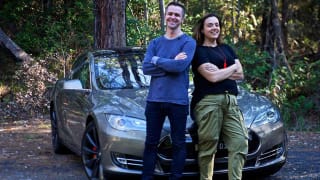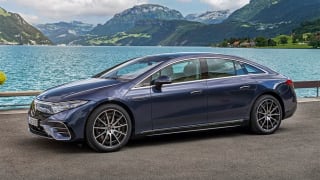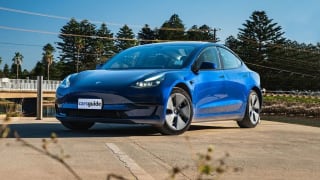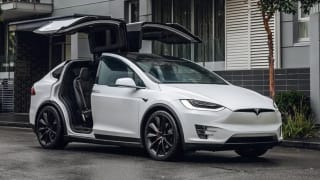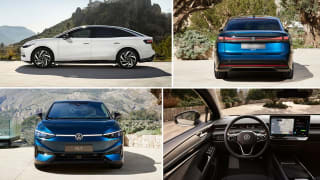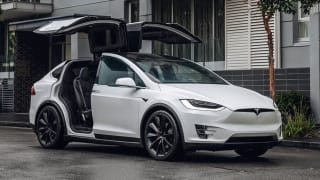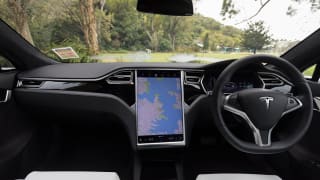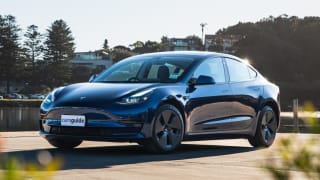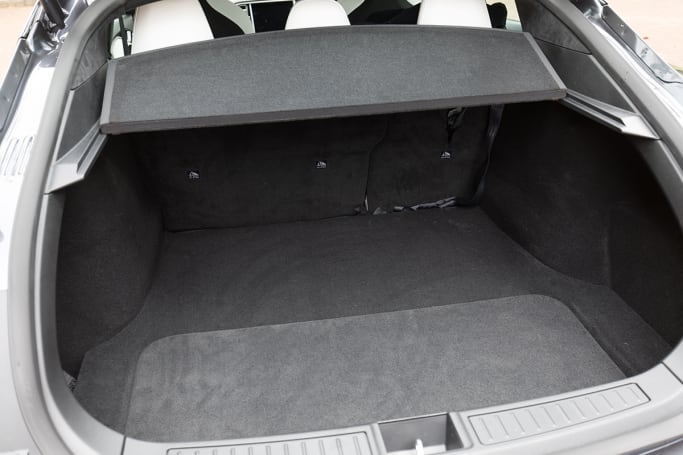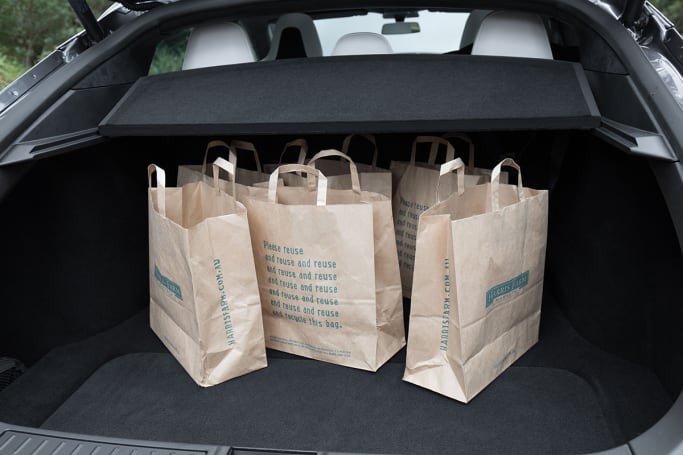We can understand your feelings about the centrally-mounted screen in the Tesla, though you do get used to it surprisingly quickly.
As for the other models you’ve mentioned, we’ve had to get the crystal ball out to attempt to answer you!
The Polestar 2 will be on sale by the end of 2020, if all goes to plan. The company will be pushing hard to make that happen.
The VW ID3 is likely not going to be here until 2021, likely the mid or latter part of that year. It certainly has a lot of potential, and with pricing set to start below $50,000, it could well be The People’s (Electric) Car.
There are other options coming, though it depends on your diary and your budget.
You could consider the Tesla Model S, which may have been around for a while, but that also means it has a more traceable reliability history. It has a digital instrument cluster in the regular spot as well.
Have you looked at the Jaguar i-Pace? It has a claimed range of 470 kilometres, though it is on the pricey side of the equation, starting from about $125,000.
Indeed, a high price tag is a common theme among those EVs with big battery capacity and expansive driving range, because you’re basically covering the cost of the batteries with your money.
For instance, there’s the Audi e-tron quattro, which is due here in early 2020. That model will have a range of “more than 400 kilometres”, and - we suspect - a price tag above $120,000.
The Mercedes EQC is about to go on sale, too. Range for that mid-size SUV is pegged at about 450 kilometres, but again, you can expect a high price tag.
If 2021 isn’t too long to wait, there’s the Volvo XC40 Recharge coming then. Based on our previous experience with Volvo XC40s, it’ll be a great small SUV, with predicted range of 400km - though we think that’s understating it, because it has a 78kWh battery pack, and it has AWD too.
At the more affordable end - though admittedly still not quite meeting your expectations for range - there’s the very impressive Hyundai Kona Electric, which has a WLTP range of 449km, and a price tag of around $65k. It isn’t all-wheel drive though.
And MG is about to launch a real upstart in the segment, with the ZS EV hitting showrooms soon for $46,990 drive-away, albeit with a range of 262km. It’s also FWD only.
The Mini Cooper SE will also arrive in mid-2020, with pricing set to be less than $60k. But again, a range of 270km will likely rule it out for your needs, and its 2WD as well.
Another new small EV due next year is the Mazda MX-30. Pricing is still to be confirmed, and range isn’t great at about 300km. It’s FWD too.
In short, at this point in time - and out towards the end of 2020 - it looks like you’ll either need to spend a big amount of money on a premium EV to get the best range possible, or you’ll have to get used to the Model 3’s screen. You could always get an aftermarket head-up display fitted…







